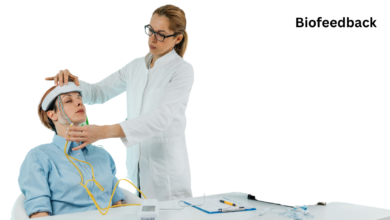Bone Density Scan: To check for bone health issues.
Bone Density Scan: Assessing Your Bone Health

What is Bone Density Scan?
A bone density scan, also known as a dual-energy X-ray absorptiometry (DEXA) scan, is a noninvasive test used to measure the density of bone tissue. This test is often used to diagnose osteoporosis, a condition characterized by weak, brittle bones that are more susceptible to fractures.
Why Bone Density Scan is required?
Bone density scans are important for:
- Diagnosing osteoporosis: This test can help identify low bone density, which is a risk factor for osteoporosis.
- Assessing fracture risk: Bone density scans can help estimate an individual’s risk of fractures.
- Monitoring osteoporosis treatment: This test can be used to monitor the effectiveness of osteoporosis treatments, such as medications or lifestyle changes.
Which are the method of Bone Density Scan?
The most common method of bone density scanning is a DEXA scan. During a DEXA scan, a low-dose X-ray beam is passed through the bone, and the amount of radiation absorbed is measured. The results are used to calculate bone mineral density (BMD).
Who should go for the Bone Density Scan?
Individuals who are at risk of osteoporosis, such as postmenopausal women, men over 50, and people with certain medical conditions, should consider a bone density scan. Your healthcare provider can recommend testing based on your individual risk factors.
What are the result of this Bone Density Scan?
The results of a bone density scan are typically reported as a T-score and a Z-score. A T-score compares your bone density to the bone density of a healthy young adult. A Z-score compares your bone density to the bone density of people of the same age and gender.
- T-score: A T-score of -1 to -2.5 indicates low bone mass (osteopenia). A T-score of -2.5 or lower indicates osteoporosis.
- Z-score: A Z-score below -2 may indicate low bone mass or osteoporosis.
What are the component of the Bone Density Scan?
A bone density scan involves lying on a table while a machine passes over your body. The test is quick and painless.





